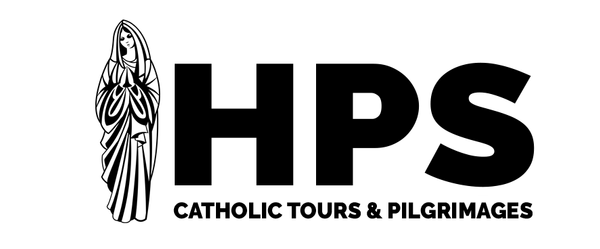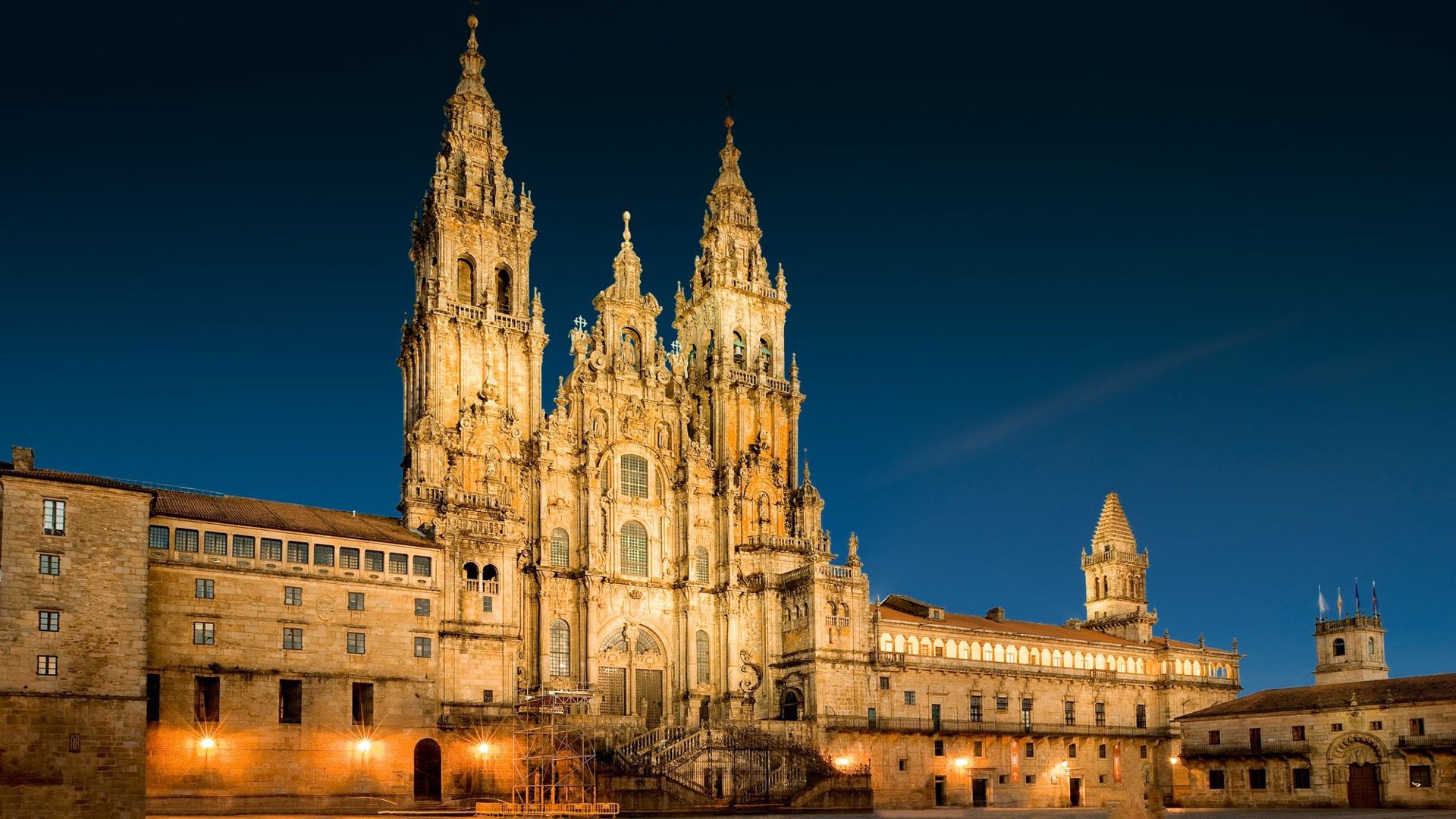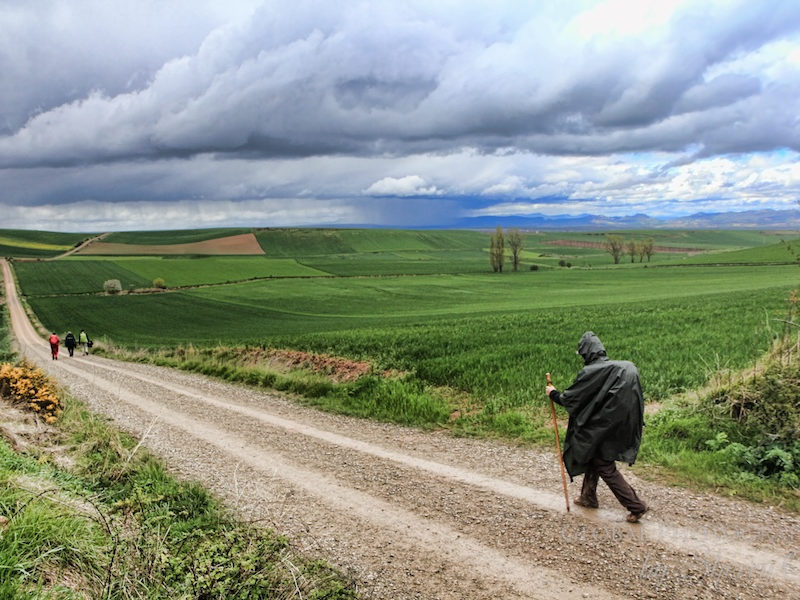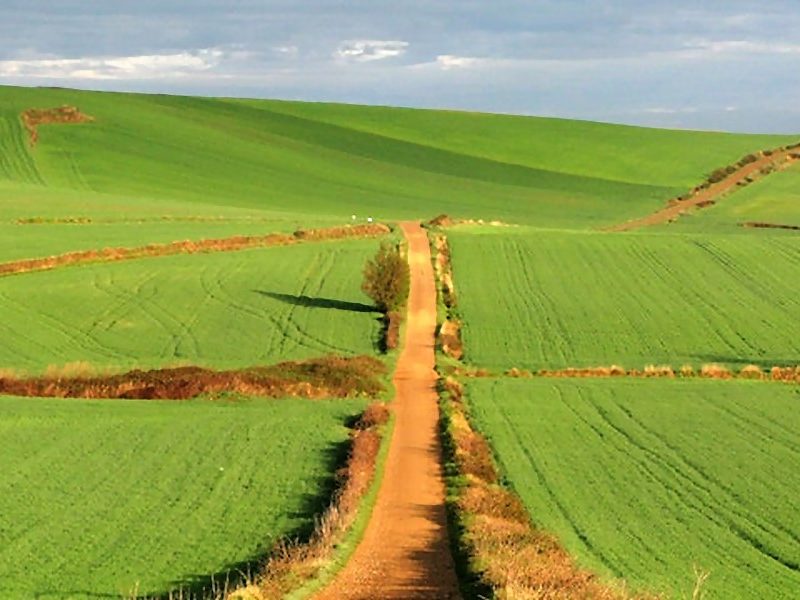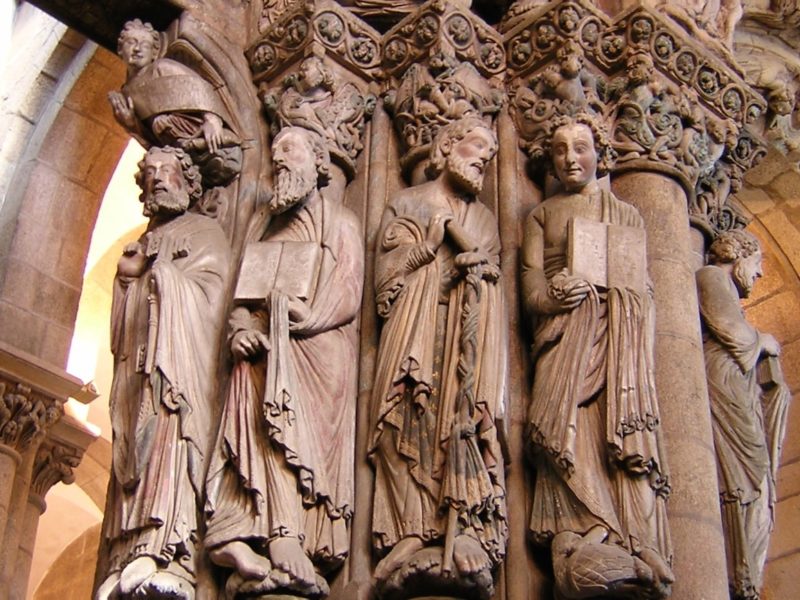The Camino of Santiago
Pilgrimage to Santiago de Compostela
Starts: Madrid | Ends: Madrid
The route
Monasteries of Castile, Burgos, Meet the Camino ( The Way) from Burgos, The Cathedral of Burgos, Leon and St. Isidoro, The Mountains of Galicia, Pilgrims and monasteries, Finisterrae, The End of the World, Celtics and Bagpipes, Galicia and Santiago de Compostela, the University of Salamanca, Avila & St Theresa, Segovia & The Roman Aqueduct & Madrid.
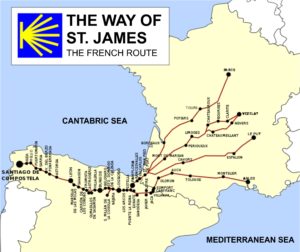
Its itinerary through the north of the peninsula was set out at the end of the 11th century thanks to the efforts in construction and promotion of Sancho III the Great and Sancho Ramírez of Navarre and Aragón, in addition to Alfonso VI and his successors in Castile and León-Galicia. In about 1135, the main roads along this itinerary were described in Book V of the so-called “Codex Calixtinus”.
Of the four French routes, three of them (Paris-Tours, Vézelay-Limoges and Le Puy-Conques) cross over the Pyrenees at Roncesvalles, while the fourth (Arles-Toulouse) does the same at Somport and continues on to Jaca. The Roncesvalles road goes on to Pamplona and both the Navarre and the Aragón routes meet up at Puente de Reina.
From there on, Estella, Logroño, Santo Domingo de la Calzada, Burgos, Castrojeriz, Frómista, Carrión de Los Condes, Sahagun, León, Astorga, Ponferrada, Villafranca del Bierzo along with a large number of smaller towns, become places of renown along St. James’ Way. The pass and village of O Cebreiro lead into Galicia, its landscape and its culture, which owe so much to the Apostle’s tomb and the pilgrimage to it. This pilgrimage transformed the Libredón Forest into present-day Santiago de Compostela, and Galicia’s roads into paths of spirituality, art and culture.
-
Destination
Day 1: Madrid - Burgos
Upon arrival in Madrid, meet your C-tours escort outside the customs hall. Board your coach and transfer to Caleruega, the birthplace of St. Dominic of Guzmán, the founder of the Dominican order, and where we will celebrate mass before continuing on to Burgos. En route, visit the Santo Domingo de Silos Monastery. Upon arrival in Burgos, check in to your hotel. This evening enjoys a welcome dinner and overnight. (D)
Day 2: Burgos - Leon
After breakfast, enjoy a city tour of Burgos and visit the 13th c. Cathedral, with it’s portal, the "Puerta del Sarmental", considered the best example of the gothic sculpture of its century, as well as the tomb of El Cid. Celebrate Mass, then continue on to Leon, the former capital of the region, stopping first in Carrion de Los Condes, to visit the old Monastery. Upon arrival in Leon, a city tour, including a visit to the Basilica of San Isidoro, constructed in the 11th century to house the mortal remains of this Saint, and the ancient convent of Saint Mark, which began as a pilgrim hospital. Check in to your hotel and get ready for dinner at your hotel. Overnight. (B, D)
Day 3: León - Santiago de Compostela - Way of St. James
After breakfast depart Leon along with the Way of St. James to Santiago. Interesting stops along the Way may include the pilgrimage Museum in Astorga, Middle Age hospitals for pilgrims and knights, castles and more. Have some time for lunch before continuing on your journey. Arrive in Santiago for dinner and overnight. (B, D)
Day 4: Santiago de Compostela
After breakfast, enjoy a tour of Santiago de Compostela; one of the most famous pilgrimage sites in the world. The relics of St. James discovered early in the 9th century soon became the object of pilgrimage, and in the 11th-century devotion spread abroad until a journey to St. James’ shrine ranked equally with one to Rome or Jerusalem. Drawn by a common faith in the Catholic Church and the Christian community, we follow in the footsteps of these early pilgrims. Sightseeing includes the beautiful cathedral containing the tomb of the Apostle St. James. After Mass, the afternoon is free for private devotions. Dinner and overnight. (B, D)
Day 5: Santiago - Salamanca
After breakfast, depart Santiago for Salamanca. Upon arrival, check in to your hotel, and have some time to freshen up and have some lunch. In the afternoon, enjoy a city walk of this true marvel of Renaissance art - The University is among the three most ancient in Europe (founded in 1218) and has had among its students and professors Brother Luis of Leon and Saint John of the Cross. In addition, the city is one of the few European cities with two cathedrals, one ancient in the Romanesque style, and the other in late gothic style. Dinner and overnight. (B, D)
Day 6: Salamanca - Avila - Segovia
After breakfast depart for Segovia. En route, stop for a tour of Avila - this ancient city brings us to the place of St. Teresa’s birth, today a church; and the convent of the Incarnation, just outside the city walls, and the site (according to church records) that has been the most times sanctified with the presence of Christ. See the uniquely beautiful cathedral, and visit the Encarnacion Monastery for mass. Continue on to Segovia, home of the best-preserved aqueduct of the Imperial Roman Empire. Check in to your hotel and then take a city tour, including a visit to the city’s ethereal cathedral, the last in the Spanish Gothic style to be constructed. Enter the famous Alcazar, which dominates the city, and San Juan de la Cruz, constructed by the Templars, where the mortal remains of Saint John of the Cross are buried. Dinner and overnight. (B, D)
Day 7: Segovia - Madrid
After breakfast, depart for Madrid, stopping briefly in San Lorenzo del Escorial to visit the Monastery and valley. Continue to Madrid, where you will check in to your hotel and enjoy dinner and overnight. (B, D)
Day 8: Madrid
After breakfast, enjoy a panoramic tour of the city, including a visit to the Prado. Have the remainder of the day to explore the city on your own, perhaps finding the perfect restaurant to enjoy your last dinner in Spain. Mass. Overnight at your hotel. (B)
Day 9: Madrid - HOME
St. James, Son of the Thunder
The first biographical information about the Apostle St. James comes fundamentally from the Gospel. We know that he was the son of Zebedeo and Salome and the brother of John the Evangelist. It is often pointed out that, judging by the familiarity with which Salome asked Jesus for privileged positions for her two sons, the family of Zebedeo must have been closely related to the Sacred Family.
With regard to his birthplace, there are various authors who place it as Jaffa, close to Nazareth, on the shore of Lake Gesenareth. The family trade was fishing, in association with the brothers of Simon (St.Paul) and Andrew. Jesus selected his first four disciples from this group of fishermen. These were Paul, Andrew, James and John, who followed him immediately and zealously.
Within the group of disciples who followed him, Jesus formed a group of twelve. James, along with his brother John and Paul, became one of his favourite disciples; belonging to the group of intimates. In the key events, Christ used him as a special witness. He is one of the elected to assist in the Tabor of the Transfiguration, to accompany Jesus in the Garden of Gethsemane or to witness the resurrection of the daughter of Jairo. These passages assist in evaluating the degree of affection with which Christ distinguished this Apostle.
Santiago is portrayed as a man with a vehement, passionate and impulsive character. References to this impetuosity are frequently found, being well defined in his conversation with Jesus requesting a privileged place in Heaven, or when demanding the punishment of the hostile Samaritans with fire.
The zeal of the son of Zebedeo receives strong reprimands from Christ, who gives him the sobriquet of Bonaerge, “Son of Thunder”. His vehemence and perseverance as a preacher are conserved in the Codice Calixtino (XII Century). This is the fundamental book of the Jacobean tradition and qualifies him as “a saint of admirable power, blessed for his way of life, astonishing for his virtues, of distinguished talent, of eloquent brilliance”.
After Jesús was crucified, St. James the Elder totally identified with his doctrine, became the principal leader of the community of believers in Jerusalem. He was admired for the fervour and sincerity of his preaching.
The transport of minerals, such as pewter, gold, iron or copper, from Galicia to the shores of Palestine was being developed at that time. On the return journey, they brought ornaments, marble slabs, even herbs and other products that were highly valued commercially and which were loaded in Alexander and other more eastern ports.
It is in the Apostles Breviary (end of the VI Century) that St. James is first credited with preaching the Gospel in Spain and the western regions and the fact of his burial in Arca Marmárica is recorded. This converts the Breviary into an extraordinary instrument of diffusion of the Apostolic tradition. Later, in the VII Century, an erudite English monk called The Venerable Bede again mentioned this fact in his writings, and surprisingly, fixed the exact location of the body of the Apostle in Galicia.
The popular legends remind us of the presence of St. James on hills near the valley of Padrón, where a cult of water-worship existed. In the XVI Century, Ambrosio de Morales wrote in his Viaje Santo, “Climbing the mountain, halfway up the slope, there is a church where they say that St. James prayed and held Mass, and an abundant spring flows from under the main altar to the outside of the church, the coldest and most delicious that I had seen in Galicia”. This place still exists today and has received the affectionate name of “O Santiaguiño do Monte”. One of the authors of the sermons collected in the Códice Calixtino, alluding to the preaching of St. James in Galicia, mentions “the one the people come to venerate, James the son of Zebedeo, …the land of Galicia sent him to the star-filled heaven”.
The best route for crossing the Peninsular in order to return to the Holy Land would be the Roman road through Lugo, Astorga and Zaragoza. Here, a dejected St. James received the consolation and inspiration of the Virgin. She appeared to him on a quartz Roman pillar at the side of the River Ebro, indicating that here he should build a Church.
This event served to explain the founding of the Church of Nuestra Señora del Pilar in Zaragoza, which today is a Basilica and an important Sanctuary of Spanish catholicism. From here, along the Ebro, he could have travelled towards Valencia to embark in Murcia or Andalusia and returned to Palestine about the year 42-44 AD.
Once in Palestine, St.James forms an integral part of the basic unit of the Primitive Church of Jerusalem, with the group of “Twelve”, playing an outstanding role in the Christian community of the Holy City. In a climate of great religious anxiety, where the desire to eradicate the incipient Christianity was increasing daily, we hear how the Apostles had been forbidden to preach to the Jews. However, St.James ignored such limitations and preached to all the people, entering in the Synagogues and discussing all that was announced by the Prophets. His loquacity, his dialectic ability and his attractive personality situate him as one of the Apostles with the largest number of followers.
Herodes Agrippa, King of Judea, selects him as a representative figure and, in order to silence the protests of the religious authorities, to please the Jews and to give a lesson to the Christian community, sentences him to death by beheading. In this way, he becomes the FIRST MARTYR OF THE APOSTOLIC COLLEGE.

